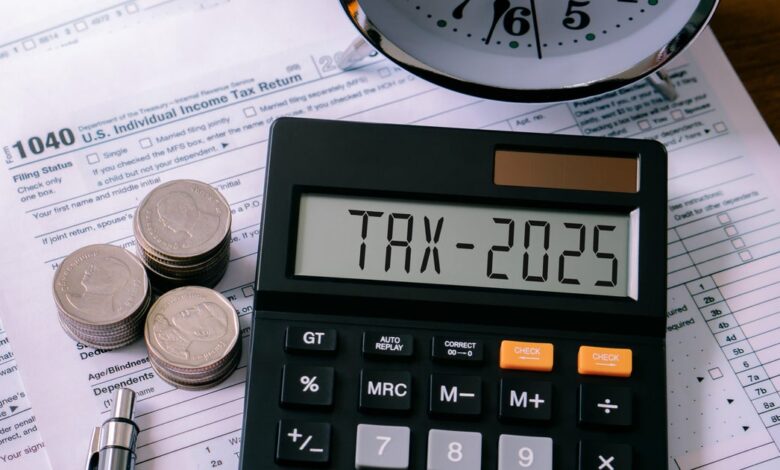Worried about making the April 15 tax deadline? Here’s how to file an extension.

Tax season can be a stressful time for many Americans, with the looming April 15 deadline causing anxiety for those who have yet to file their taxes. However, there is a solution for those who need more time to prepare their returns – filing for a tax extension.
The Internal Revenue Service (IRS) typically recommends filing taxes as early as possible, but circumstances may prevent some individuals from meeting the deadline. A tax extension provides an additional six months to file a federal return, giving taxpayers the opportunity to gather necessary documents, navigate complex tax situations, and submit everything without facing penalties.
As of April 4, around 100 million people had already filed their taxes, leaving millions of Americans still needing to submit their returns before the deadline. Taxpayers often express concerns about filing their taxes correctly and uncertainty about what to expect, highlighting the importance of seeking an extension if needed.
For those considering filing a tax extension this year, it is essential to understand some key points:
### What is the 2025 filing deadline?
The deadline to file taxes this year is April 15, with exceptions for certain individuals. U.S. citizens living abroad are granted an automatic two-month extension, while military servicemembers in combat zones have 180 days after leaving the area to file their returns. Additionally, residents in states affected by natural disasters have extended deadlines ranging from May 1 to November 3.
### How do I file a tax extension online?
Taxpayers can request an extension online through the IRS payment system, IRS File Free, or by filing Form 4868. It is crucial to provide accurate information when requesting an extension to avoid potential penalties.
### If I get an extension, do I have more time to pay the IRS?
While an extension grants additional time to file, taxpayers are still required to pay any owed taxes by the regular deadline to avoid penalties and interest. Estimating the amount owed and making a payment by April 15 is recommended.
### Is there a penalty for filing taxes late?
Failing to file taxes by the deadline or extension date may result in a “failure to file penalty” of 5% of the tax due each month, up to 25%. Additionally, not paying taxes on time incurs a “failure to pay penalty” of 0.5% of the unpaid taxes per month, capped at 25%.
### What if I can’t afford to pay the IRS?
The IRS offers short-term and long-term payment plans for taxpayers who are unable to pay their full tax liability. Applying for a payment plan through the IRS website can help individuals manage their tax obligations effectively.
In conclusion, filing for a tax extension can provide much-needed relief for taxpayers who require additional time to complete their returns accurately. By understanding the filing deadlines, extension process, payment requirements, and potential penalties, individuals can navigate the tax season with confidence and compliance.





